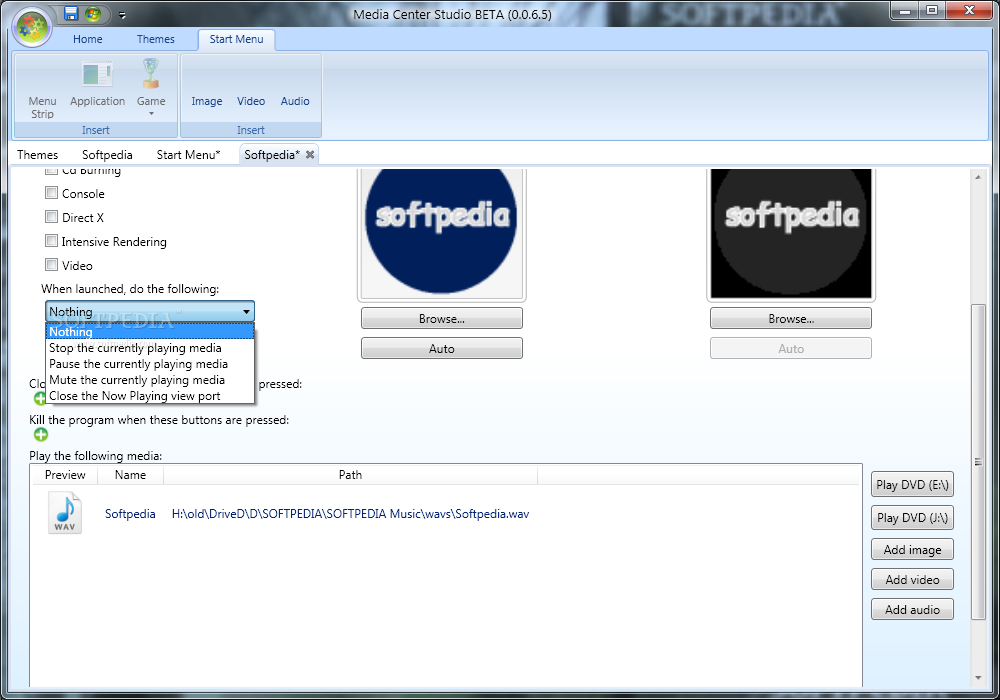
If you aren't comfortable correcting this in your image editing software, then convert it to grayscale to neutralize it completely before converting back to RGB. It can either the blue of the sky, or of any predominant nearby color that is reflecting sunlight on your outdoor 'studio'.
#Colorcast windows media center professional
The odds are that no matter what, if you are shooting with a camera, and you aren't a professional photographer, you are going to have some sort of color cast to deal with. Try to work hard at keeping the camera perpendicular to the center of your sketch. (It will also help you keep the camera perpendicular to the center of the sketch.) If you don't have a tripod, try to rest yourself and your camera on something solid when taking the picture. This will prevent any camera shake from blurring your sketch. The biggest help though will be the use of a tripod. This will increase the depth-of-field and give you a more forgiving range of focus. If you have control over the aperture of your camera, bring it up to the highest f-stop you can. Take special care that your camera is focused squarely on your sketch. It's not a simple process, but it can be done.Ī working scanner is always going to be nicely focused on anything pressed against the glass. See discussions about generating "flats".particularly "artificial flats". You may find some helpful pointers in astro-photography forums and websites.

If despite your best efforts, you still have uneven illumination, there are artificial steps that can be taken to remove light-to-dark gradients that run across your sketch. This will help you avoid perspective problems and uneven illumination.įigure 32: Aligning camera perpendicular to surface of sketch. Also, make sure the board is angled as perpendicular to your camera as possible and that the center of your sketch is as perpendicular as possible to an imaginary ray coming from your lens. Avoid wrinkles, especially in direct light. Be sure that you attach your sketch flatly and securely to a board.

Compare the images and see which is more agreeable to your camera and your image software.
#Colorcast windows media center full
It should cloud up pretty quickly ) But, ok, if you don't have clouds, try shooting it in the shade and in full sunlight. But who has time to wait for the clouds-oh wait. This will produce soft, even, mostly neutral illumination. I would try taking your photograph outdoors. If you shoot indoors under artificial illumination, I doubt very much you will get an evenly illuminated sketch, unless you have some great studio lighting. This can be the most frustrating issue with digital camera shots. Uneven illumination, focus, color cast, and clipped highlights or shadows. I've done this on a couple occasions, and there are some things to watch out for.

If you don't have access to a scanner, but you do have a digital camera, you can use it to photograph your sketches. I would encourage you to use this option to treat your visitors to shorter load times, and help save disc space and bandwidth on your web server.įurther note on using a digital camera to import your sketch

Photoshop will allow you to save JPG files through the normal save menu, but using the "Save for Web" menu can substantially decrease the file size of some images.


 0 kommentar(er)
0 kommentar(er)
